Behaviour Management Teaching Resources
Bring your behaviour management to the next level with printables and digital teaching resources created by teachers for teachers like you!
This collection of teacher-created resources is designed to support primary teachers as they implement their behaviour management strategies with printable reward charts, motivational posters and more!
Looking for tips and ideas to make your behaviour management more successful? Take a peek at some strategies from our teacher team!
What Is Behaviour Management?
Behaviour management is a proactive strategy for teachers to handle behaviour in the classroom. By setting up solid student organisation strategies, creating clear rules and expectations and providing consistent feedback, teachers set students up for success.
A good behaviour management strategy will give students:
- Specific expectations
- Positive reinforcement when expectations are met
- Fair and consistent consequences when expectations are not met
For example, of the most popular behaviour management strategies these days is CHAMPS, which stands for Conversation, Help, Activity, Movement and Participation. The goal is to provide students with an instructional structure that promotes responsibility and motivates students.
Why Is Behaviour Management Important?
Strongly backed by research, behaviour management strategies like CHAMPS have been shown to:
- Provide students with a sense of connection to school and their peers
- Promote a productive learning environment
- Minimise classroom disruptions
Behaviour Management Strategies
Before we dig in too deeply, it's worth stressing that the goal of the strategies you're about to read is to accentuate the positive, that is, to keep control of the behaviour in your classroom in a positive way.
We've also included a mix of strategies that will help you prevent negative behaviour as well as some simple things you can do to curb unwanted behaviour in the classroom.
Redirect
This technique is simple, yet effective. When you notice a child is off-task, simply move their attention from one thing to another. For example, if one student is distracting another student, you may direct their attention to the work at hand by saying you'll be over in a few minutes or simply asking that student what they are up to.
Ignore Secondary Behaviour
When a child is being warned about inappropriate behaviour, you may notice a secondary behaviour, such as an eye roll or a delayed response to a question. This behaviour is often to avoid humiliation in front of peers.
If the initial poor behaviour has stopped, ignoring the secondary behaviour — as long as no one is in danger and it hasn't caused additional classroom disruption — can prevent the situation from escalating. If you feel you need to, you may opt to talk to that student one on one after the lesson to reflect on the situation (without the audience of the other students).
Plan Your Transitions
A transition in a classroom is when a student moves from one activity to another. It can be a significant change such as transitioning from a PE lesson back into the classroom or a more minor change such as transitioning from time on the carpet back to their seats.
For little brains, transitions can be tricky as they need to go from an active state to a focused state ready for learning, and this is where inappropriate behaviour may start to fester.
Planning for how you and your students should transition can help avoid this situation from escalating. A simple transition for the example of going from PE back to class, for example, could be to use a fun movement such as walking like a ballet dancer back to class.
Make sure to explicitly teach students what they should be doing during transitions, so they know the sort of behaviour you expect!
Offer Choices
Providing a student choice is extremely powerful! It makes them feel like they are in the power seat, when in fact, you've planned it out beautifully! When you notice inappropriate behaviour, instead of issuing a demand, offer a student a choice of two options. The first choice would be the route you'd like them to take. The second is the consequence of not taking the first option.
For example, 'Zane, would you like to remove yourself from the distracting spot you're sitting in, and complete your work? Or, would you like to stay with me at lunchtime to complete the work then?'
You'll find that most of the time, the student will take the better option in this scenario.
Attention Grabbing
This is similar to the 'redirect' option, but this is a strategy to use if a number of students are starting to get off task. Use some fun attention-grabbing techniques like call and response ( you can download our Attention Grabbing Phrase Cards and use those!).
You can then redirect the group's attention back to the work by providing some more information that may support them in finishing off the task.
Use Positive Non-Verbal Reminders
You don't always have to use your voice for your behaviour management to work. Non-verbal reminders can be equally powerful and limit the disruption to the class. Simple non-verbals like stopping what you're saying and smiling at the student who may be off task is sometimes all that is needed for some students. This lets them know you know they're off-task in a gentle way.
Another non-verbal reminder is to simply lower your body down to the level of the child while you continue with the teaching, or, a simple tap on their desk as you walk past.
Set Up a Calm Corner
Little children experience BIG emotions, and often when they are trying to deal with these big emotions, they struggle with self-regulation.
Another behaviour management strategy that will work for some children is just some time away from the hustle and bustle of the classroom. If you have the space, set up a corner of the classroom for students to 'chill out.' You can fill the space with fidget toys, weighted blankets, wobble cushions, a tub of sensory toys and similar objects, plus some mindful colouring-in sheets!
If you are noticing a student that isn't responding to the smaller behaviour management strategies, 5 minutes in the chill-out corner/area may help this student.
Another idea — Sending a student to another teacher with a 'note' that says something simple such as 'John needed some space.' This gets the student out and about, and gives them some purpose by having the very important job of delivering the note to the other teacher.
Utilise Movement
We know a student's attention span is short, and yet we expect them to sit and listen and use their brains for long periods of time ... often longer than their age allows. Ensuring you have had a lot of movement integrated into your day is a great way to limit the number of behaviour situations you may encounter in a day.
It could be as simple as a 'stop work and stretch at your desks' type situation, but you may be surprised by how planning these movement breaks into your day can improve behaviour in the classroom.
- Plus Plan
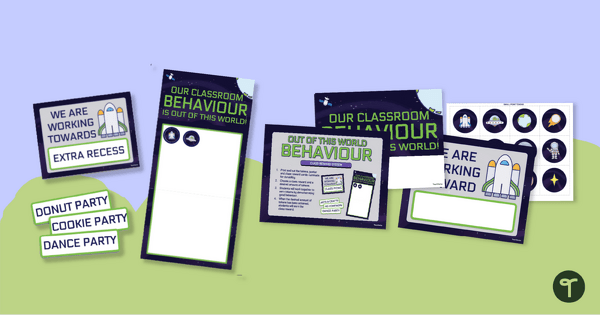
Out of this World Behaviour - Class Reward Chart
Motivate and reward positive classroom behaviour with a reward chart that is out of this world!
- Plus Plan
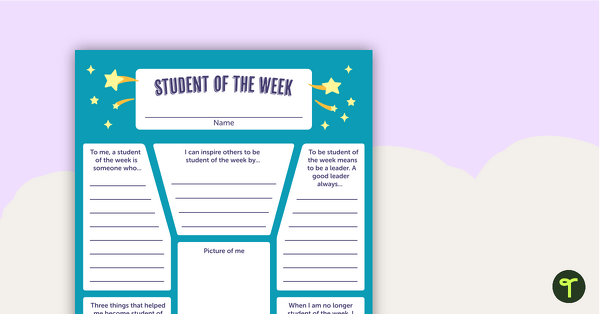
Student of the Week – Upper Grades
Celebrate the students in your classroom by having a Student of the Week program!
- Plus Plan
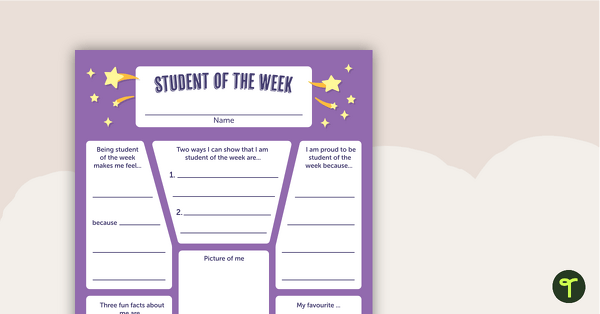
Student of the Week – Lower Grades
Celebrate the students in your classroom by having a Student of the Week program!
- Plus Plan
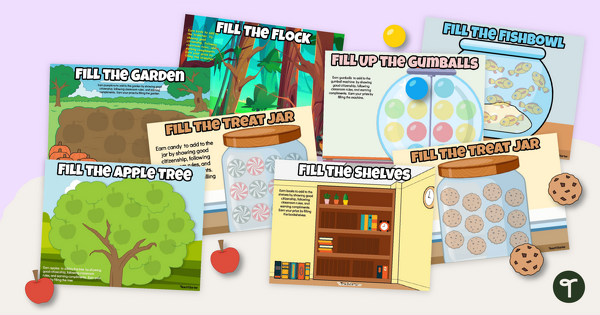
Behaviour Reward System - Token Charts
Celebrate classroom successes with a set of fun-themed classroom reward charts.
- Plus Plan
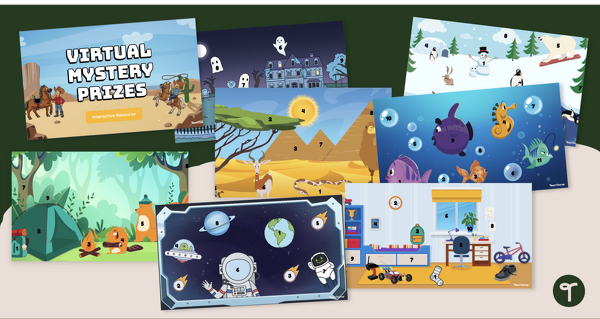
Mystery Prize Picker - Interactive Behaviour Rewards
Reward your students with special surprises by using our interactive behaviour reward picker!
- Plus Plan
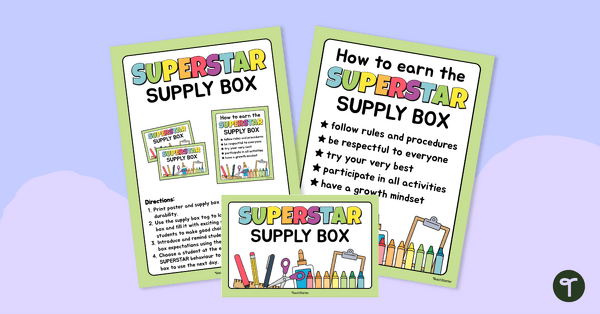
Superstar Supply Box – Behaviour Incentive
Promote and acknowledge positive behaviour with a superstar supply box template and accompanying poster.
- Plus Plan
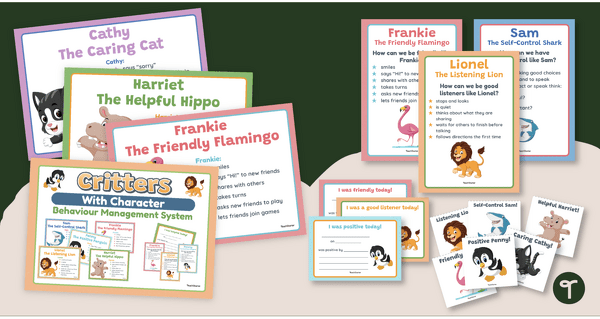
Critters with Character - Classroom Behaviour System
Tame your ‘wild’ classroom behaviour with an animal-themed classroom management system.
- Plus Plan
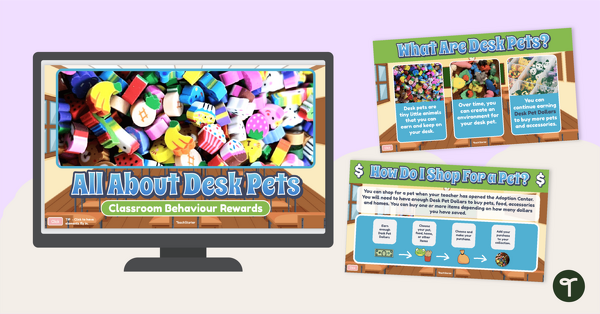
What are Desk Pets? Introduction Slide Deck
Introduce your students to your Desk Pet Classroom Reward System with an engaging slide deck.
- Plus Plan
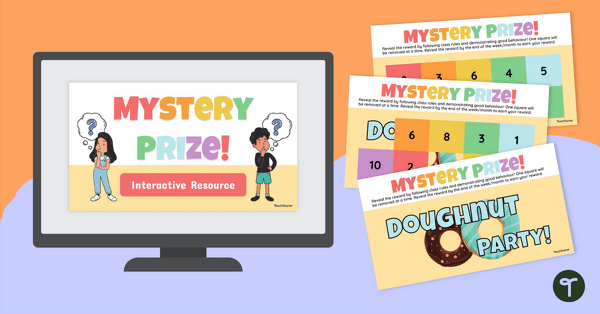
Digital Mystery Rewards – Interactive Resource
Use this fun and exciting set of digital mystery rewards to promote positive behaviour in your classroom.
- Plus Plan
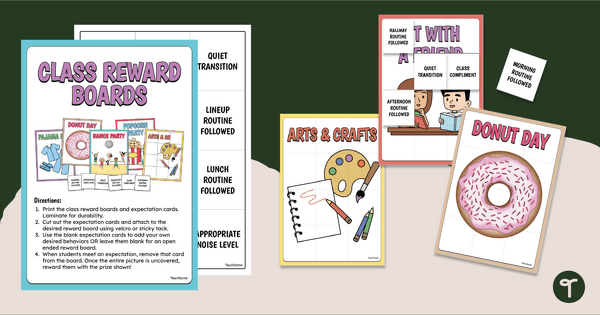
Picture Reveal Reward Charts
Encourage your students to follow classroom rules and procedures with fun whole-class behaviour reward charts.
- Plus Plan
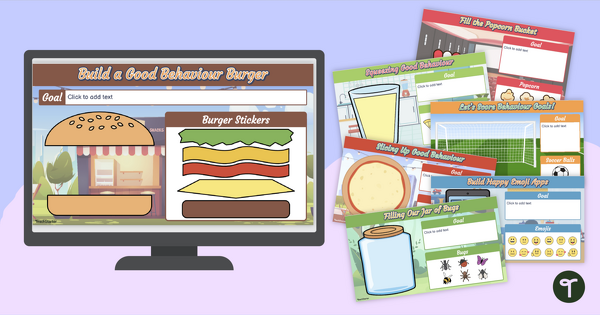
Whole-Class Reward Tracker - Digital Reward Charts
Celebrate classroom successes with a set of fully digital classroom reward charts.
- Plus Plan
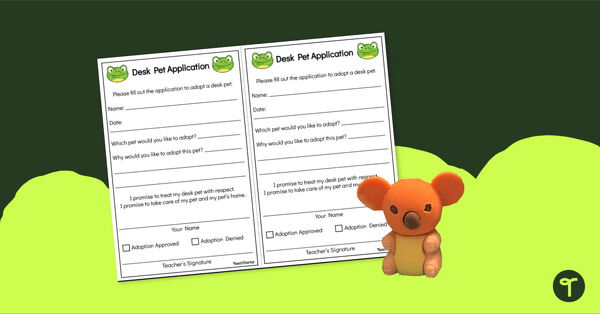
Desk Pet Application
Encourage students to boost their behaviour by implementing a Desk Pet Adoption Drive in your classroom, starting with an application!
- Plus Plan
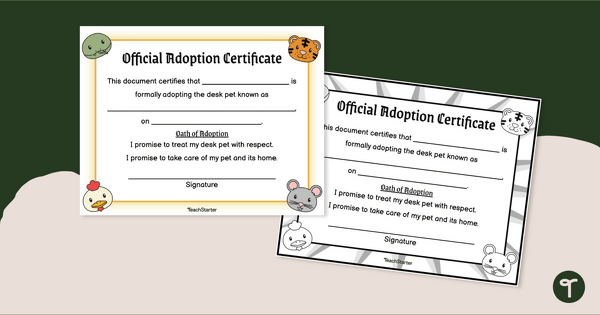
Desk Pet Adoption Certificate
Boost student behaviour using Desk pets, starting with a printable Desk Pet Adoption Certificate.
- Plus Plan
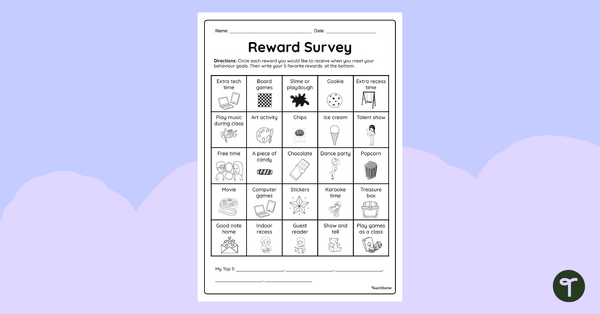
Interest Inventory for Students – Reward Survey
Discover motivators and reinforcers that excite your students with this printable reward survey.
- Plus Plan
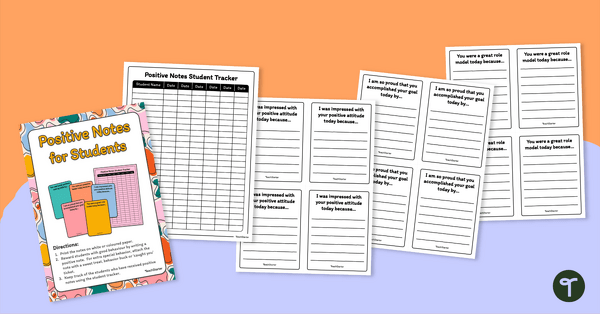
Positive Notes for Students – Printable Templates and Tracker
Strengthen connections and celebrate achievements with this set of positive note templates.
- Plus Plan
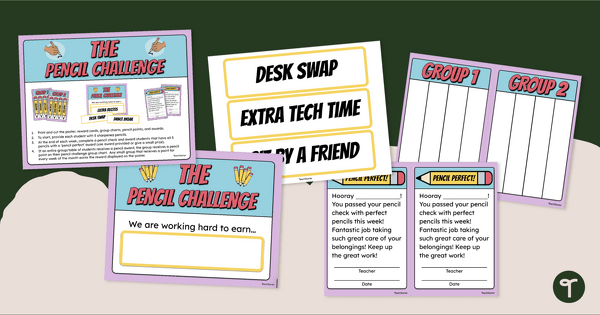
Pencil Challenge — Pencil Management System
Stop those pencils from magically disappearing with a classroom Pencil Challenge display kit.
- Plus Plan

Desk Pet Application – Lower Years
Introduce your students to the Desk Pet Class Reward System with a desk pet application.
- Plus Plan
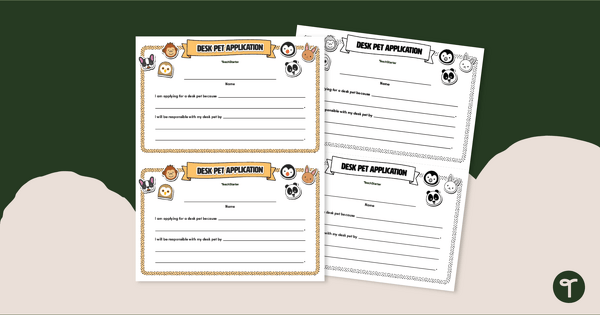
Desk Pets Application – Upper Grades
Encourage responsibility and good behaviour in your classroom with this desk pet application.
- Plus Plan
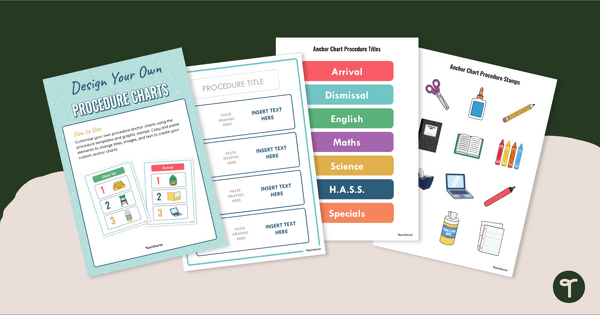
Design Your Own Procedure Anchor Chart Template
Design your own custom classroom procedure anchor charts with a customisable anchor chart template.
- Plus Plan
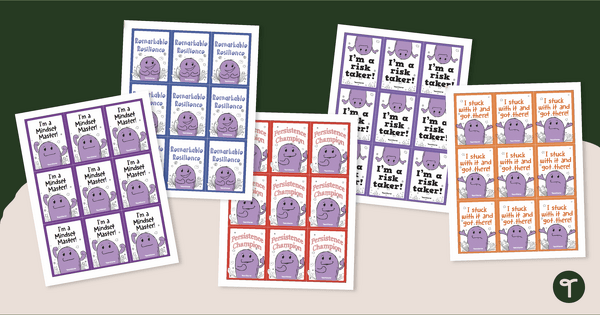
Growth Mindset Brag Tags
Celebrate students using a growth mindset with printable growth mindset brag tags!
- Plus Plan
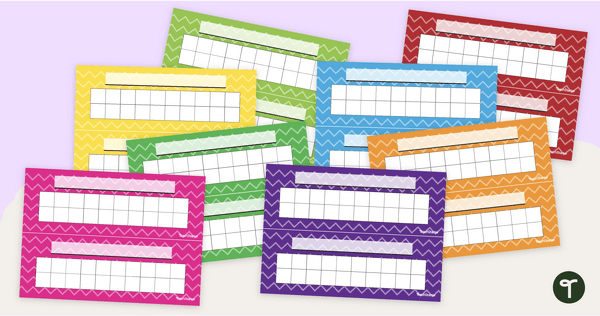
Desk Reward Chart - Zig-Zag
Reward positive behaviour or accomplishments using one of 8 colourful zig-zag style charts.
- Plus Plan
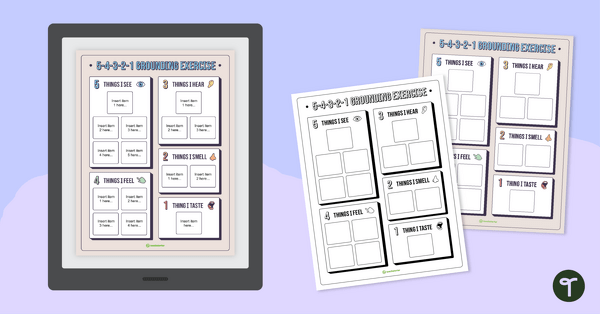
5-4-3-2-1 Grounding Exercise – Worksheet
De-escalate difficult situations with a printable grounding exercise.
- Plus Plan
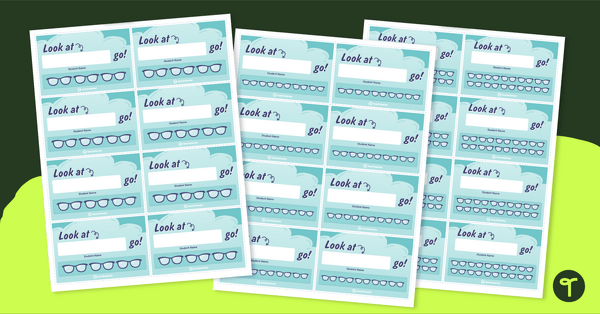
Behaviour Punch Card – Look at Me Go!
Promote and reward good behaviour with printable punch cards!
- Plus Plan
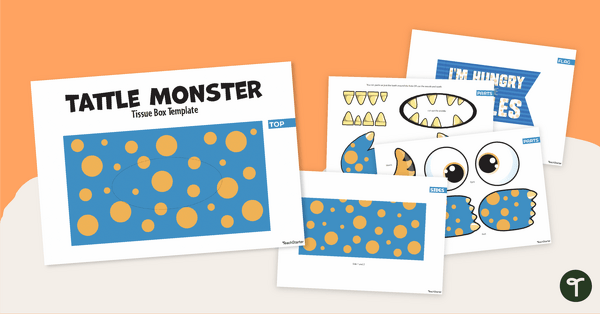
Tattle Monster - Tattle Telling Tissue Box Template
Create a 'tattle monster' out of a tissue box for your classroom using this cute template.
- Plus Plan
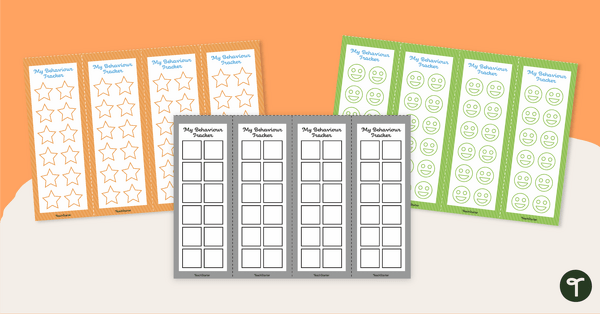
My Behaviour Bookmark - Behaviour Chart
Encourage your students to monitor their behavior with a handy behaviour tracking bookmark.
- Plus Plan
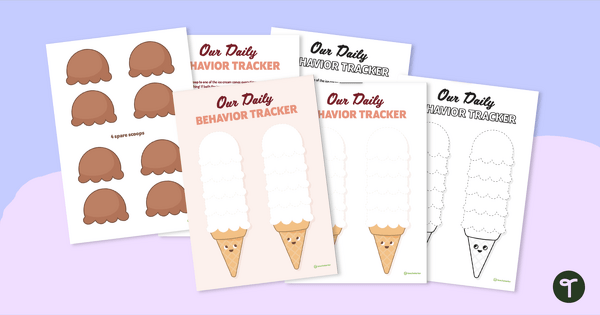
Class Behaviour Tracker - Ice Cream Template
Track and reward positive classroom behavior with a fun ice-cream themed behaviour tracker chart.
- Plus Plan
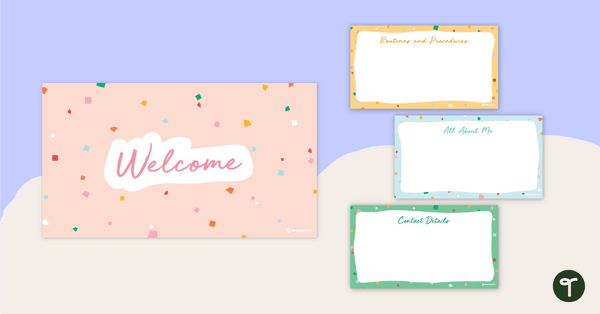
Parent Information Night PowerPoint Template
Prepare for your parent information night with a customisable slideshow template.
- Plus Plan
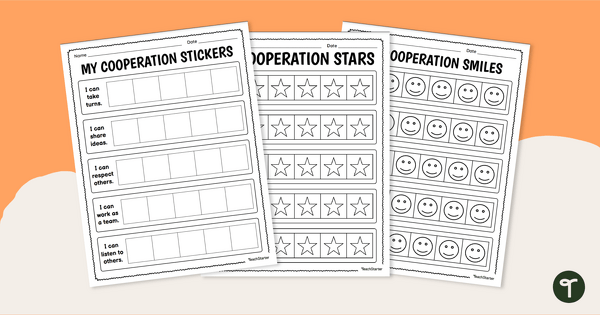
My Cooperation Sticker Chart
Promote and reward cooperative behaviour with a pack of printable cooperation sticker charts.
- Plus Plan
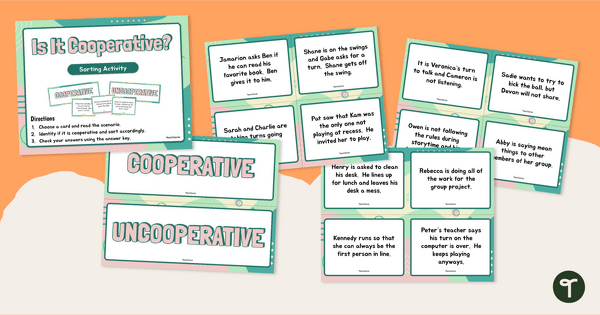
Is It Cooperative? Sorting Activity
Explore the difference between cooperative and non-cooperative behaviour with a sorting activity.
- Plus Plan
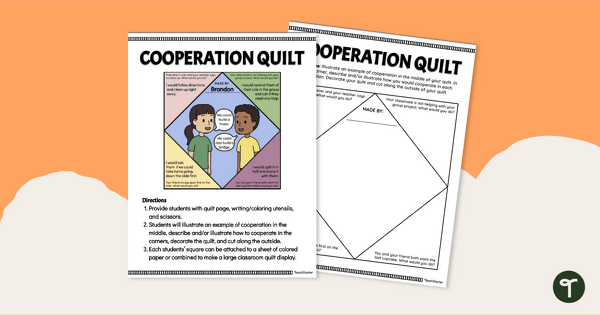
Cooperation Quilt Template
Promote cooperative behaviour amongst your students by engaging them in creating a collaborative Cooperation Quilt project.
- Plus Plan
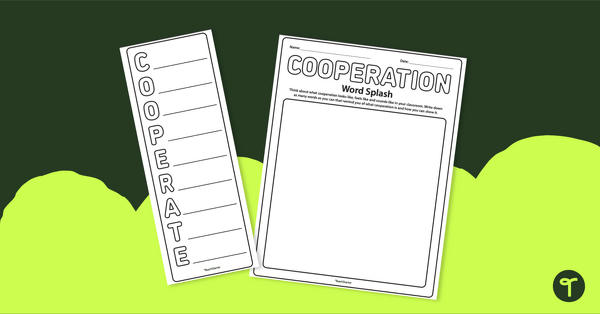
Cooperation Word Splash and Acrostic Poem
Discuss cooperation with your students and write an acrostic poem wih a printable word splash worksheet and poem template.
- Plus Plan
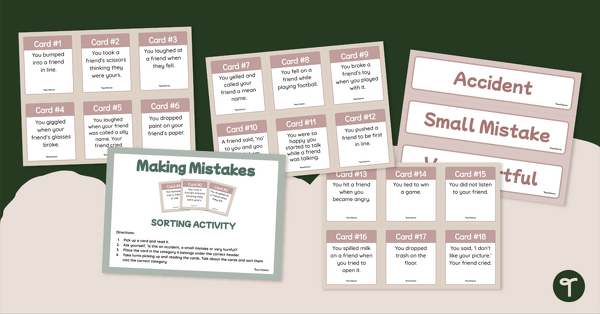
Making Mistakes – Sorting Activity
Help your students recognise different types of mistakes and discuss ways to learn from them with this SEL activity.